
Dotonbori: The Pulsating Heart of Osaka
Discover Dotonbori in Osaka: A vibrant neighbourhood brimming with neon lights, delectable street food, and endless entertainment, capturing the essence of Japan's urban culture.
Dotonbori, situated in the heart of Osaka, is a vibrant neighbourhood that perfectly embodies the city's energetic spirit. Famous for its bustling atmosphere, Dotonbori is a must-visit destination for anyone seeking to experience the essence of Osaka. The area is renowned for its dazzling neon lights, extensive shopping options, and an array of delectable street food that will tantalize your taste buds. Whether you're a foodie, a shopaholic, or simply a keen explorer, Dotonbori has something for everyone. One of the most iconic landmarks in Dotonbori is the Glico Running Man sign, a symbol of Osaka's lively urban culture. Nearby, the Kani Doraku crab restaurant, with its gigantic mechanical crab sign, is another unmissable sight. As you walk along the Dotonbori Canal, you'll find a variety of entertainment options, including theatres, nightclubs, and arcades, making it a hotspot for both locals and tourists. Dotonbori is also a paradise for food lovers. The neighbourhood offers a plethora of dining options, from traditional Japanese cuisine to international delicacies. Don’t miss trying local specialties such as takoyaki (octopus balls), okonomiyaki (savory pancakes), and kushikatsu (deep-fried skewers). The vibrant street food scene means you can savor delicious treats while soaking in the lively atmosphere. Shopping enthusiasts will be delighted by the numerous stores and boutiques that line the streets of Dotonbori. From trendy fashion outlets to quirky souvenir shops, there’s no shortage of retail therapy opportunities. And when you need a break from the hustle and bustle, you can relax by the canal and enjoy the scenic views or take a leisurely boat ride. With its lively ambiance, mouth-watering cuisine, and endless entertainment options, Dotonbori is a neighbourhood that promises an unforgettable experience. It's a place where the old meets the new, and tradition blends seamlessly with modernity, offering a unique glimpse into the dynamic culture of Osaka.
Local tips in Dotonbori
- Visit during the evening to see the neon lights in their full glory.
- Try the local street food, especially takoyaki and okonomiyaki.
- Take a boat ride along the Dotonbori Canal for a different perspective of the neighbourhood.
- Be prepared for crowds, especially on weekends and holidays.
- Wear comfortable shoes as you'll be doing a lot of walking.
Dotonbori: The Pulsating Heart of Osaka
Dotonbori, situated in the heart of Osaka, is a vibrant neighbourhood that perfectly embodies the city's energetic spirit. Famous for its bustling atmosphere, Dotonbori is a must-visit destination for anyone seeking to experience the essence of Osaka. The area is renowned for its dazzling neon lights, extensive shopping options, and an array of delectable street food that will tantalize your taste buds. Whether you're a foodie, a shopaholic, or simply a keen explorer, Dotonbori has something for everyone. One of the most iconic landmarks in Dotonbori is the Glico Running Man sign, a symbol of Osaka's lively urban culture. Nearby, the Kani Doraku crab restaurant, with its gigantic mechanical crab sign, is another unmissable sight. As you walk along the Dotonbori Canal, you'll find a variety of entertainment options, including theatres, nightclubs, and arcades, making it a hotspot for both locals and tourists. Dotonbori is also a paradise for food lovers. The neighbourhood offers a plethora of dining options, from traditional Japanese cuisine to international delicacies. Don’t miss trying local specialties such as takoyaki (octopus balls), okonomiyaki (savory pancakes), and kushikatsu (deep-fried skewers). The vibrant street food scene means you can savor delicious treats while soaking in the lively atmosphere. Shopping enthusiasts will be delighted by the numerous stores and boutiques that line the streets of Dotonbori. From trendy fashion outlets to quirky souvenir shops, there’s no shortage of retail therapy opportunities. And when you need a break from the hustle and bustle, you can relax by the canal and enjoy the scenic views or take a leisurely boat ride. With its lively ambiance, mouth-watering cuisine, and endless entertainment options, Dotonbori is a neighbourhood that promises an unforgettable experience. It's a place where the old meets the new, and tradition blends seamlessly with modernity, offering a unique glimpse into the dynamic culture of Osaka.
Iconic landmarks you can’t miss
Dotonbori
Experience the vibrant nightlife, mouth-watering street food, and stunning neon lights of Dotonbori, Osaka's ultimate tourist attraction.
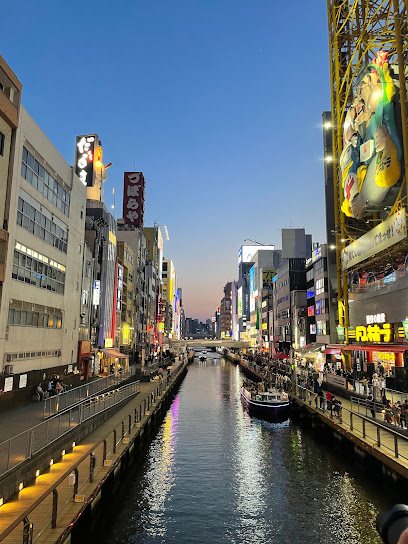
Shinsaibashi-Suji Shopping Street
Explore Shinsaibashi-Suji Shopping Street, where vibrant shopping and delicious street food come together in the heart of Osaka.
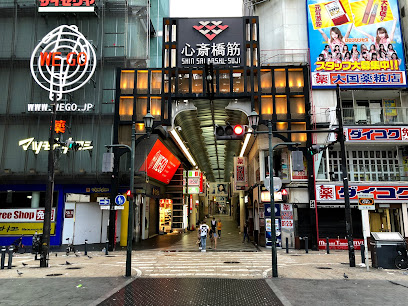
Dotonbori Glico Sign
Discover the vibrant Dotonbori Glico Sign, a dazzling symbol of Osaka's nightlife and culture, perfect for unforgettable photos and local delicacies.
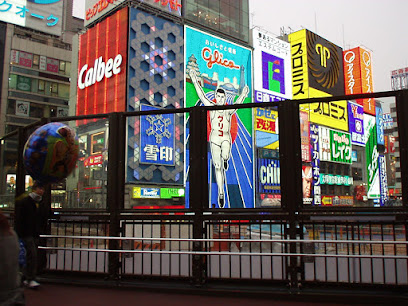
Ebisubashi Bridge
Discover the vibrant heart of Osaka at Ebisubashi Bridge, where neon lights, culture, and culinary delights converge in a stunning riverside setting.

Hozen-ji Temple
Experience the serene beauty and spiritual significance of Hozen-ji Temple, a must-visit Buddhist sanctuary in the heart of Osaka.
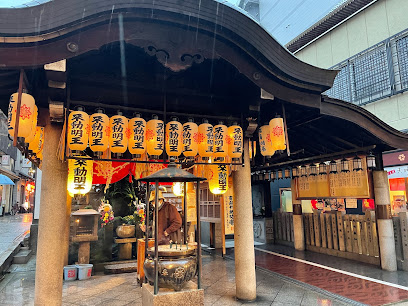
Tombori River walk
Experience the vibrant energy of Osaka at Tombori River Walk, a scenic riverside promenade filled with culture, cuisine, and captivating views.
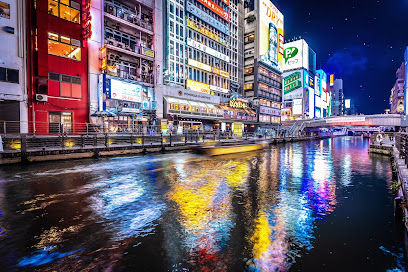
Hozenji Mizukake Fudoson Temple
Discover tranquility in the heart of Osaka at Hozenji Mizukake Fudoson Temple, a serene Buddhist sanctuary surrounded by vibrant city life.
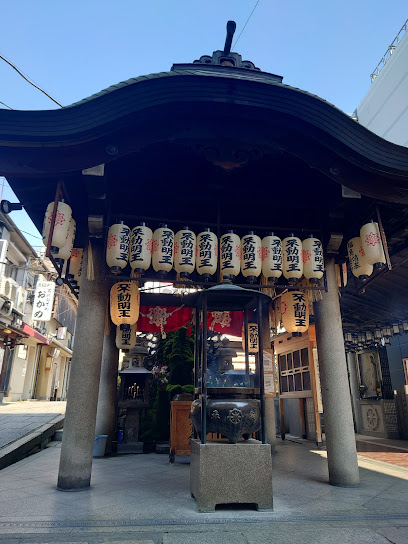
Dotonbori Bridge
Discover the vibrant energy of Dotonbori Bridge, a picturesque landmark in Osaka offering stunning views, delicious street food, and a taste of local culture.

Ukiyo Koji
Experience the vibrant culture and culinary delights of Ukiyo Koji, a must-visit business park in the heart of Dotonbori, Osaka.
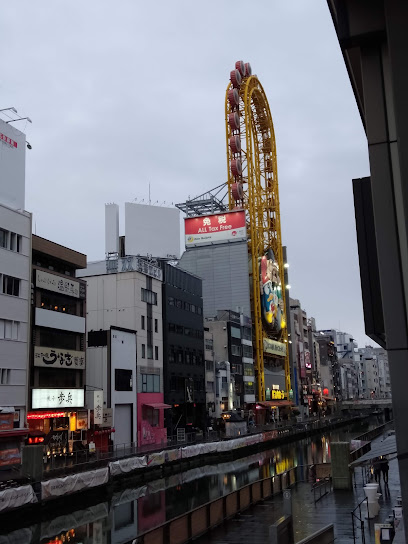
スパイダーマンの館
Experience the vibrant nightlife and culinary delights of Dotonbori, Osaka's iconic district filled with neon lights and local flavors.
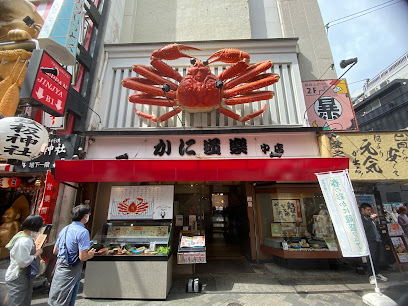
Unmissable attractions to see
Osaka Castle
Explore the grandeur of Osaka Castle, a historical fortress showcasing Japan's rich cultural heritage amidst stunning gardens and breathtaking views.

Dotonbori
Explore the vibrant streets of Dotonbori, Osaka’s culinary and entertainment hub, filled with neon lights, delicious street food, and cultural experiences.
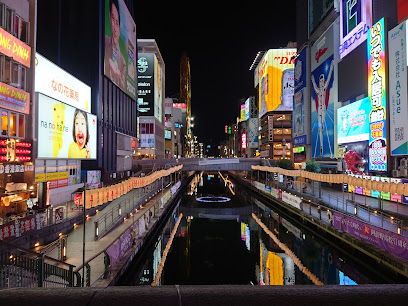
Osaka Aquarium Kaiyukan
Experience the breathtaking beauty of marine life at Osaka Aquarium Kaiyukan, home to a remarkable variety of aquatic creatures and interactive exhibits.
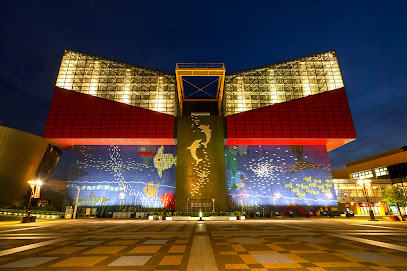
Shinsaibashi-Suji Shopping Street
Experience the bustling atmosphere, diverse shopping options, and culinary delights at Shinsaibashi-Suji Shopping Street in Osaka.
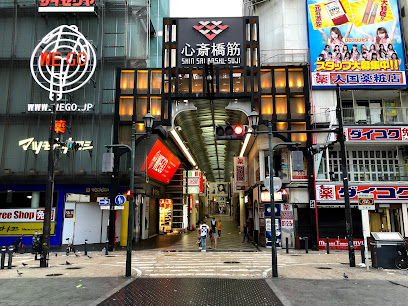
Dotonbori Glico Sign
Experience the vibrant energy and culture of Osaka at the iconic Dotonbori Glico Sign, a symbol of urban life in Japan.
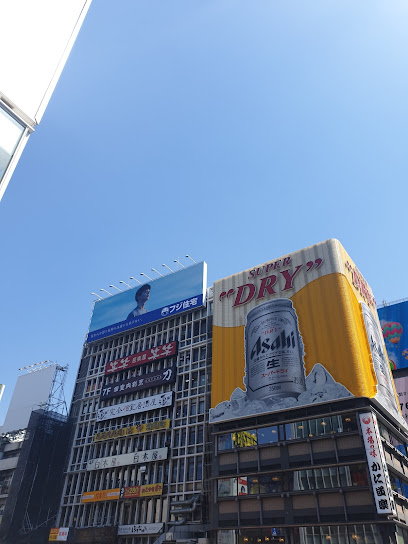
Namba Yasaka Jinjya Shrine
Experience the spiritual and architectural wonder of Namba Yasaka Jinjya Shrine, a unique Shinto shrine in the heart of Osaka, Japan.
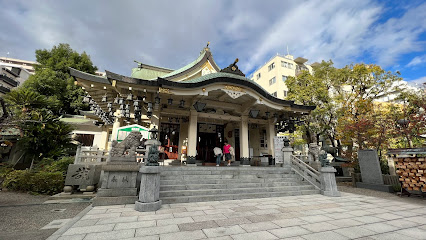
Essential places to dine
Kani Doraku Dotonbori Main Branch
Discover exquisite crab dishes in the heart of Dotonbori at Kani Doraku - where tradition meets culinary excellence.

Dotonbori Imai - Main Shop
Experience authentic Japanese udon noodles at Dotonbori Imai in Osaka's vibrant dining scene.
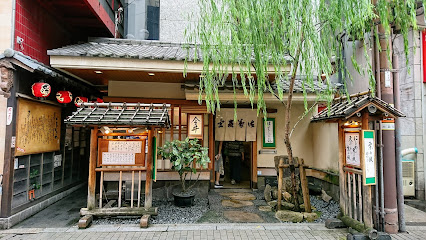
Wanomiya Kobe Beef
Savor the exquisite taste of authentic Kobe beef at Wanomiya, Osaka's premier teppanyaki destination.
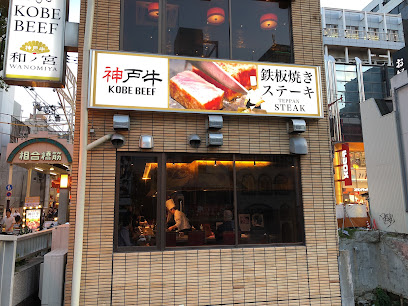
Yakiniku Nikuhachi Dotonbori
Experience the best Yakiniku in Dotonbori, Osaka - where high-quality grilled meats meet vibrant atmosphere.
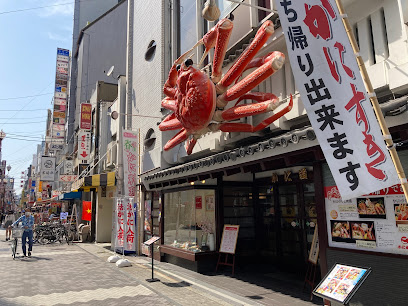
Gyozaoh! Dotonbori
Discover delicious gyoza at Gyozaoh! Dotonbori – an izakaya-style eatery in Osaka offering authentic flavors and vibrant dining experiences.
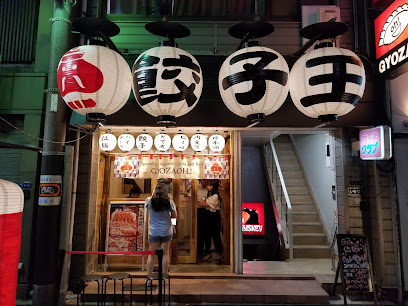
Okonomiyaki Bonkuraya Dotombori
Discover authentic okonomiyaki at Okonomiyaki Bonkuraya Dotombori—where every bite is infused with Osaka's culinary tradition.
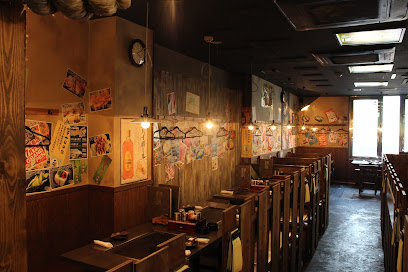
Dotonbori Ichiaki
Experience authentic okonomiyaki at Dotonbori Ichiaki – where tradition meets flavor in the heart of Osaka's vibrant Dotonbori district.
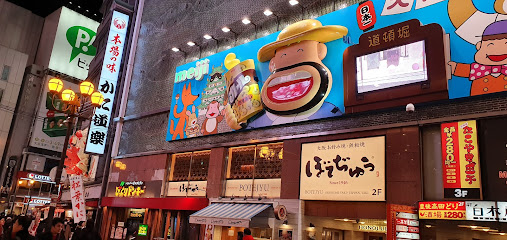
Teppan Jinja
Discover authentic teppanyaki at Teppan Jinja in Dotonbori - where flavor meets flair in the heart of Osaka's vibrant culinary landscape.
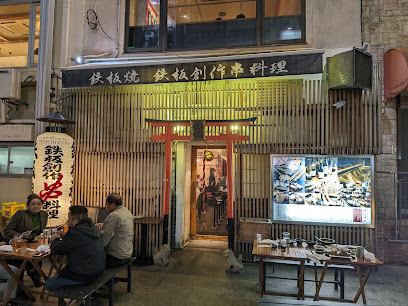
Showa-taishu-horumon Dotombori
Experience authentic Japanese offal barbecue at Showa-taishu-horumon Dotombori – where culinary tradition meets vibrant atmosphere.
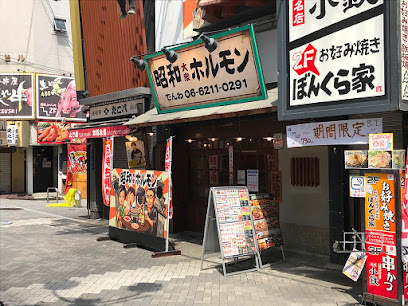
海鮮居酒屋 夢とんぼ
Savor fresh seafood at 海鮮居酒屋 夢とんぼ in Dotonbori – a must-visit izakaya for authentic Japanese dining experiences.

Markets, malls and hidden boutiques
Don Quijote Dotonbori Midosuji
Experience the eclectic charm of Don Quijote Dotonbori Midosuji, Osaka's ultimate discount shopping destination for beauty, fashion, and more.
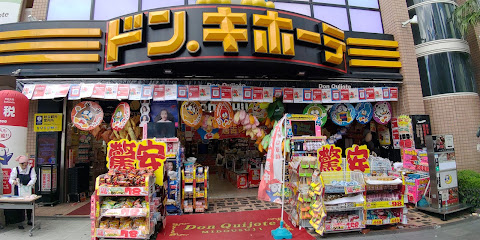
Doton Plaza Osaka
Explore Doton Plaza in Osaka - a duty-free shopping paradise offering unique finds and luxurious brands for every traveler.
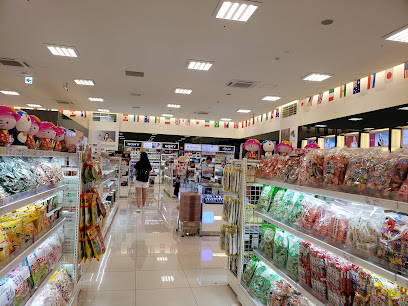
Sanrio Gift Gate
Discover the enchanting world of Sanrio characters at Sanrio Gift Gate in Osaka, a shopping destination for adorable gifts and unique souvenirs.

Cuida Ore
Discover authentic Japanese souvenirs at Cuida Ore, a charming store in Osaka's vibrant Dotonbori district, perfect for unique gifts and keepsakes.
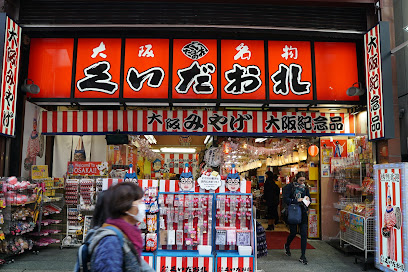
Ichibiri-an Dotonbori store
Explore Ichibiri-an Dotonbori for unique souvenirs and delightful Japanese sweets in the vibrant heart of Osaka.

OGURAYA Co.,Ltd.
Explore authentic Japanese flavors and unique souvenirs at OGURAYA Co., Ltd., Osaka's premier grocery store and gift shop.
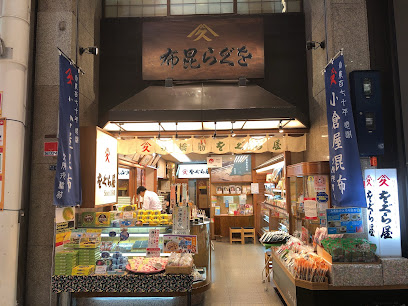
LAWSON Dotonbori Store
Discover the convenience of LAWSON Dotonbori Store, your go-to spot for late-night snacks and local treasures in Osaka's vibrant Dotonbori district.
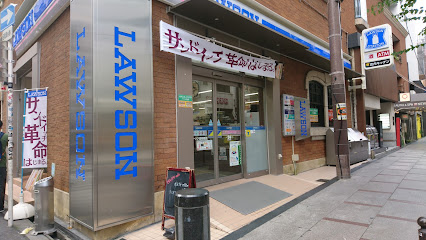
Dotonbori
Experience the vibrant energy, iconic sights, and delicious street food of Dotonbori, Osaka's must-visit entertainment district.
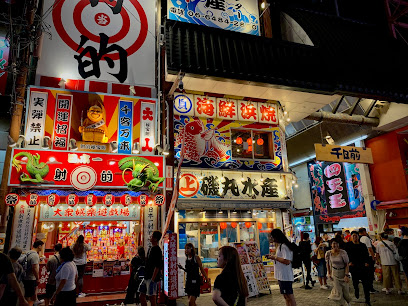
도톤보리
Experience the vibrant energy of Dotonbori, Osaka's iconic district filled with neon lights, delicious street food, and unforgettable nightlife.

D.k
Discover unique souvenirs and authentic Japanese gifts at D.k in Namba, Osaka - a must-visit for every traveler seeking local treasures.
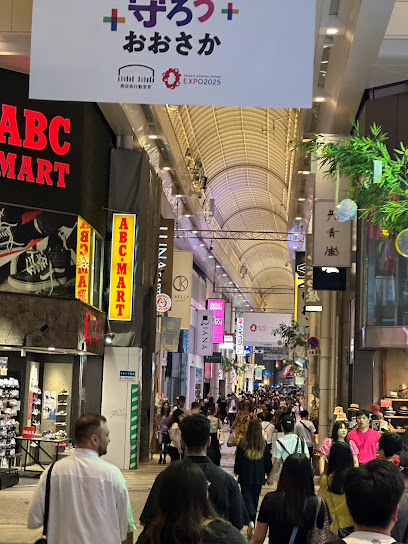
Essential bars & hidden hideouts
Dotonbori Riverside Grill Wonder
Discover the vibrant flavors of Osaka at Dotonbori Riverside Grill Wonder, where unforgettable dining meets stunning riverside views.
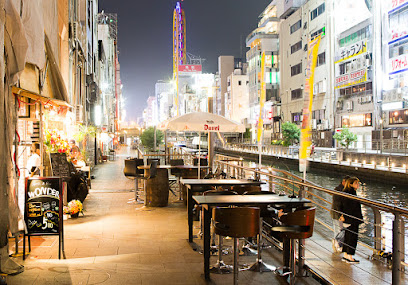
Bar Masuda
Discover Osaka's vibrant nightlife at Bar Masuda, where traditional Japanese drinks meet modern mixology in an inviting atmosphere.
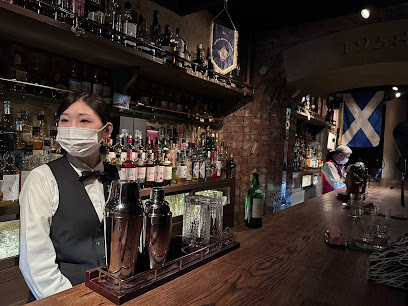
IRISH PUB DUBLIN BAY / DUBLIN GARDEN
Experience the warmth of Irish hospitality at Dublin Bay, where barbecue meets beer in a lively Osaka pub atmosphere.

Crystal Bar
Discover the vibrant nightlife of Osaka at Crystal Bar, where great drinks and a welcoming atmosphere await every visitor.

Subterra Cocktail Bar
Discover the unique blend of cocktails and atmosphere at Subterra Cocktail Bar, a Dotonbori hotspot for nightlife lovers in Osaka.
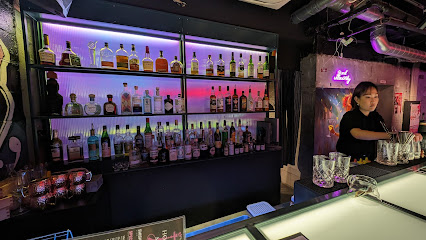
Main Bar Spirits
Discover the energetic nightlife of Osaka at Main Bar Spirits, where expertly crafted cocktails and a vibrant atmosphere await you.
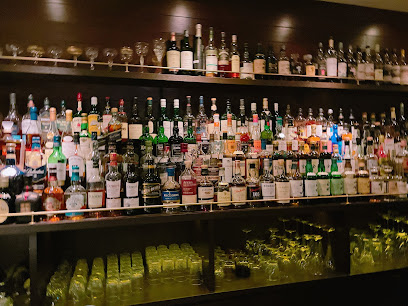
Bar Fun
Discover the vibrant nightlife of Osaka at Bar Fun, where exquisite drinks and welcoming ambiance create unforgettable memories.
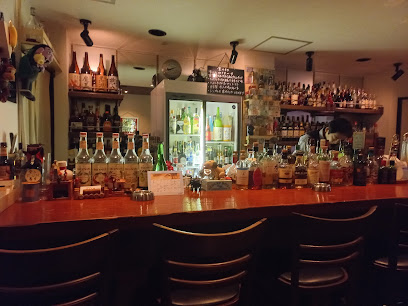
Bar N
Immerse yourself in Osaka's nightlife at Bar N, where exceptional cocktails and a vibrant atmosphere await in Dotonbori.
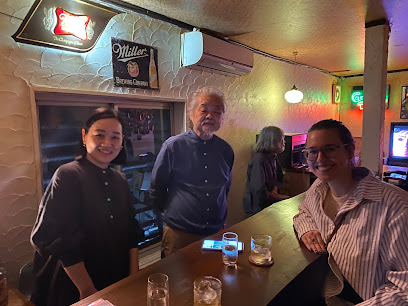
Rock Cafe Bar USA GI
Experience the vibrant nightlife of Osaka at Rock Cafe Bar USA GI, where unique drinks and a lively atmosphere await.
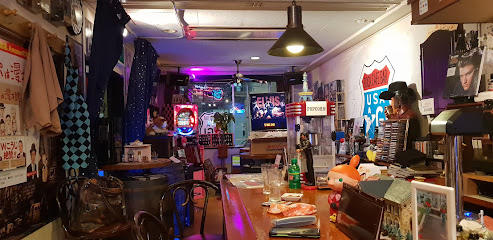
Bar Core
Discover Bar Core, a vibrant bar in Dotonbori, Osaka, where unique drinks and a lively atmosphere await every traveler.

Local Phrases
-
- Helloこんにちは
[Kon'nichiwa] - Goodbyeさようなら
[Sayōnara] - Yesはい
[Hai] - Noいいえ
[Iie] - Please/You're welcomeどうぞ
[Dōzo] - Thank youありがとう
[Arigatō] - Excuse me/Sorryすみません
[Sumimasen] - How are you?お元気ですか?
[Ogenki desu ka?] - Fine. And you?元気です。あなたは?
[Genki desu. Anata wa?] - Do you speak English?英語を話せますか?
[Eigo o hanasemasu ka?] - I don't understandわかりません
[Wakarimasen]
- Helloこんにちは
-
- I'd like to see the menu, pleaseメニューを見せてください
[Menyū o misete kudasai] - I don't eat meat私は肉を食べません
[Watashi wa niku o tabemasen] - Cheers!乾杯!
[Kanpai!] - I would like to pay, pleaseお会計をお願いします
[O-kaikai o onegai shimasu]
- I'd like to see the menu, pleaseメニューを見せてください
-
- Help!助けて!
[Tasukete!] - Go away!去ってください!
[Satte kudasai!] - Call the Police!警察を呼んで!
[Keisatsu o yonde!] - Call a doctor!医者を呼んで!
[Isha o yonde!] - I'm lost道に迷っています
[Michi ni mayotte imasu] - I'm ill具合が悪いです
[Guai ga warui desu]
- Help!助けて!
-
- I'd like to buy......を買いたいです
[... o kaitai desu] - I'm just looking見てるだけです
[Miteru dake desu] - How much is it?いくらですか?
[Ikura desu ka?] - That's too expensiveそれは高すぎます
[Sore wa takasugimasu] - Can you lower the price?値段を下げてもらえますか?
[Nedan o sagete moraemasu ka?]
- I'd like to buy......を買いたいです
-
- What time is it?今何時ですか?
[Ima nanji desu ka?] - It's one o'clock一時です
[Ichiji desu] - Half past (10)10時半
[Jūji han] - Morning朝
[Asa] - Afternoon午後
[Gogo] - Evening夕方
[Yūgata] - Yesterday昨日
[Kinō] - Today今日
[Kyō] - Tomorrow明日
[Ashita] - 1一
[Ichi] - 2二
[Ni] - 3三
[San] - 4四
[Yon] - 5五
[Go] - 6六
[Roku] - 7七
[Nana] - 8八
[Hachi] - 9九
[Kyū] - 10十
[Jū]
- What time is it?今何時ですか?
-
- Where's a/the...?...はどこですか?
[... wa doko desu ka?] - What's the address?住所は何ですか?
[Jūsho wa nan desu ka?] - Can you show me (on the map)?地図で見せていただけますか?
[Chizu de misete itadakemasu ka?] - When's the next (bus)?次の(バス)はいつですか?
[Tsugi no (Basu) wa itsu desu ka?] - A ticket (to ....)(...までの)チケットをください
[(... made no) Chiketto o kudasai]
- Where's a/the...?...はどこですか?
History of Dotonbori
-
Dotonbori's history dates back to the early 17th century when it was developed as a canal for the transportation of goods. Named after the Dotonbori Canal, the area became a vibrant entertainment district, attracting merchants and performers. Its strategic location near Osaka Bay facilitated trade and commerce, establishing Dotonbori as a bustling hub.
-
During the Edo period (1603-1868), Dotonbori emerged as a center for the performing arts, particularly kabuki theatre. The area was home to numerous theatres and puppet shows, which contributed to the rich cultural tapestry of Osaka. The famous 'Dotonbori Glico Man' neon sign symbolizes this era, representing the spirit of entertainment that defined the district.
-
After World War II, Dotonbori underwent significant reconstruction as Osaka rebuilt itself from the devastation of war. The area saw an influx of restaurants, shops, and entertainment venues, establishing its reputation as a culinary hotspot. The vibrant nightlife and street food culture blossomed, positioning Dotonbori as a must-visit destination for both locals and tourists.
-
In recent decades, Dotonbori has gained international fame, attracting millions of visitors each year. Its unique blend of traditional and contemporary culture, showcased through street food, neon lights, and lively entertainment, has made it a cultural icon of Osaka. Events such as the Dotonbori River Festival celebrate the area's heritage and community spirit.
-
As urban development continues to reshape Osaka, Dotonbori faces challenges in preserving its historical and cultural identity. Efforts have been made to maintain the charm of the district while accommodating the needs of modern tourism. Initiatives focusing on cultural heritage and sustainability aim to ensure Dotonbori remains a vibrant and authentic representation of Osaka's history.
Dotonbori Essentials
-
Dotonbori is easily accessible from various neighborhoods in Osaka. The closest subway station is Namba Station, which is served by the Midosuji Line, Yotsubashi Line, and Sennichimae Line. From Osaka Station, take the Midosuji Line southbound to Namba Station. Alternatively, if you're coming from Shinsaibashi, you can walk to Dotonbori in about 15 minutes, or take the subway on the Midosuji Line to Namba Station.
-
Dotonbori is a pedestrian-friendly area, making it easy to explore on foot. However, public transportation options include the subway, with Namba Station as a central hub. Taxis are also available, but be mindful of traffic during peak hours. For those looking to cycle, rental bicycles can be found nearby, and there are bike lanes in and around the area.
-
Dotonbori is generally safe for tourists, but it's advisable to remain vigilant, especially at night. Specific areas around Dotonbori can experience petty crime, such as pickpocketing, particularly in crowded spots like shopping streets and food markets. Avoid poorly lit alleys late at night and be cautious with your belongings in crowded areas.
-
In case of an emergency, dial 110 for police assistance or 119 for fire and ambulance services. English-speaking operators may not always be available, so it is helpful to have a local guide or hotel staff assist you. There are several hospitals in Osaka, with the nearest emergency medical facilities located within the Namba area.
-
Fashion: Do dress appropriately for the weather; casual clothing is acceptable, but avoid overly revealing outfits. Religion: Do respect local customs, especially when visiting temples or shrines. Public Transport: Do give up your seat to the elderly or disabled; don't talk loudly on public transport. Greetings: Do bow as a sign of respect; don't engage in overly familiar behavior. Eating & Drinking: Do try local street food and share food offerings; don’t eat while walking, as it is generally considered impolite.
-
To experience Dotonbori like a local, visit during the evening when the neon lights create a vibrant atmosphere. Try local specialties such as takoyaki and okonomiyaki from street vendors. Engage with the locals; most are friendly and willing to chat. If you can, visit the Dotonbori River for a scenic night walk and take pictures with the iconic Glico Man sign. Don’t forget to check out the small alleyways off the main street for hidden gems and local eateries.
Nearby Cities to Dotonbori
-
Things To Do in Nara
-
Things To Do in Kyoto
-
Things To Do in Nagoya
-
Things To Do in Kanazawa
-
Things To Do in Hiroshima
-
Things To Do in Tokyo
-
Things To Do in Fukuoka
-
Things To Do in Ulsan
-
Things To Do in Gyeongju
-
Things To Do in Pohang
-
Things To Do in Busan
-
Things To Do in Daegu
-
Things To Do in Andong
-
Things To Do in Suncheon
-
Things To Do in Daejeon










